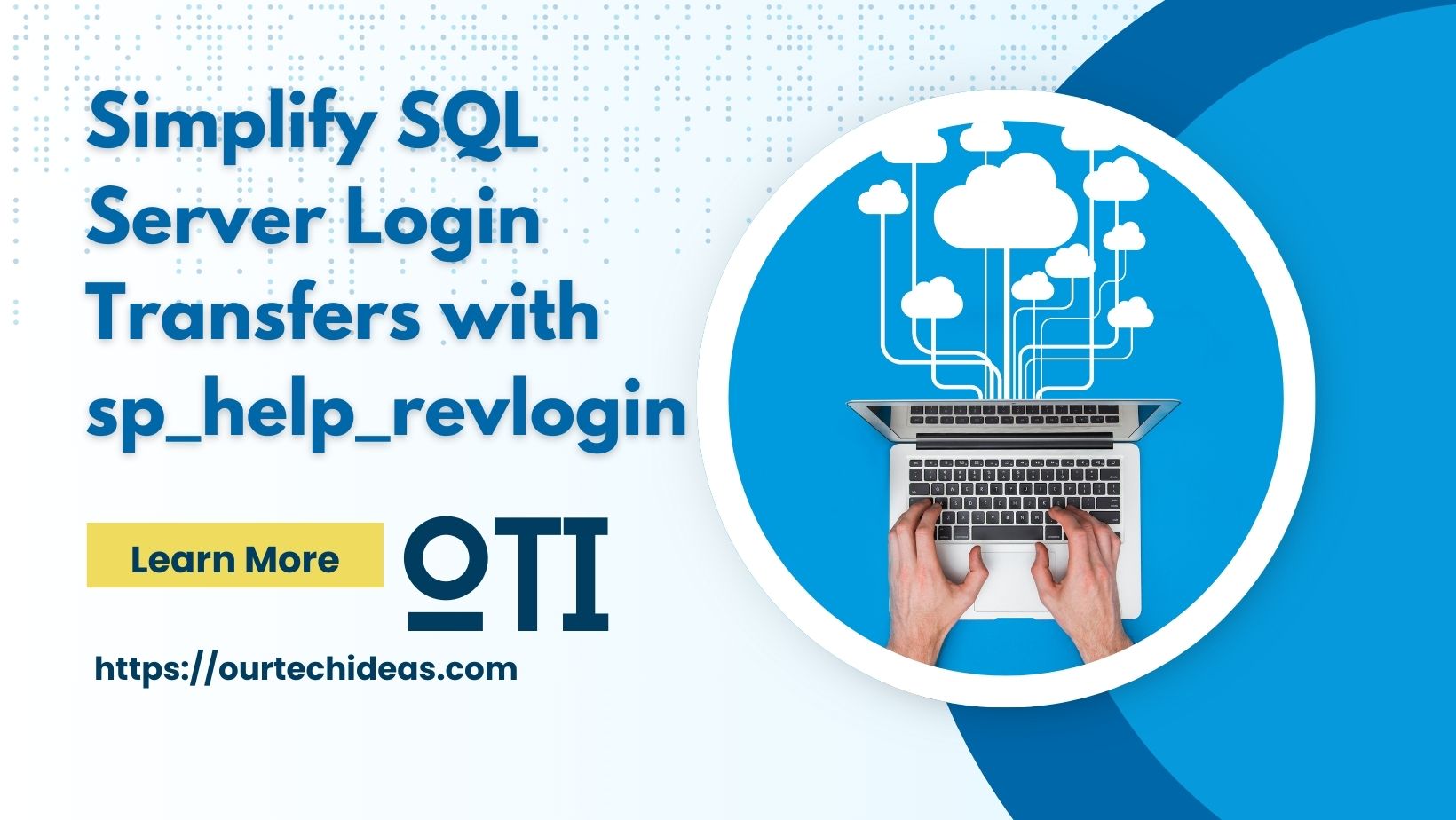Introduction
Managing permissions is a critical aspect of database security. As a database administrator or developer, it’s important to have a clear understanding of the permissions assigned to various logins within your SQL Server environment. In this blog post, we’ll explore how to use T-SQL to query object-level permissions for a specific login.
Understanding Object-Level Permissions
Object-level permissions control access to individual database objects such as tables, views, stored procedures, and functions. These permissions define what actions can be performed on these objects, including SELECT, INSERT, UPDATE, DELETE, EXECUTE, and more. By querying object-level permissions, you can gain valuable insights into who has access to specific database objects and what actions they are allowed to perform.
Querying Object-Level Permissions with T-SQL
To query object-level permissions in SQL Server, we can leverage the power of T-SQL and the system views available in the SQL Server catalog. Let’s dive into the T-SQL code that retrieves object-level permissions for a given login:
-- Replace 'YourLoginName' with the actual login name
DECLARE @LoginName sysname = 'YourLoginName';
SELECT
USER_NAME(p.grantee_principal_id) AS [User],
OBJECT_NAME(p.major_id) AS [Object],
p.permission_name AS [Permission]
FROM
sys.database_permissions AS p
INNER JOIN
sys.database_principals AS u ON p.grantee_principal_id = u.principal_id
WHERE
u.name = @LoginName
ORDER BY
[User], [Object], [Permission];Conclusion
In this blog post, we’ve explored how to utilize T-SQL to query object-level permissions for a specific login in SQL Server. By executing the provided T-SQL code, you can gain valuable insights into the permissions assigned to a particular login, allowing you to effectively manage and secure your database environment.
Understanding who has access to your database objects and what actions they can perform is crucial for maintaining a robust and secure database system. By regularly reviewing and querying object-level permissions, you can ensure that the right level of access is granted to the right individuals, minimizing the risk of unauthorized data access or modifications.
Remember, database security is an ongoing process, and regularly auditing and managing permissions is an essential aspect of maintaining a secure SQL Server environment.




